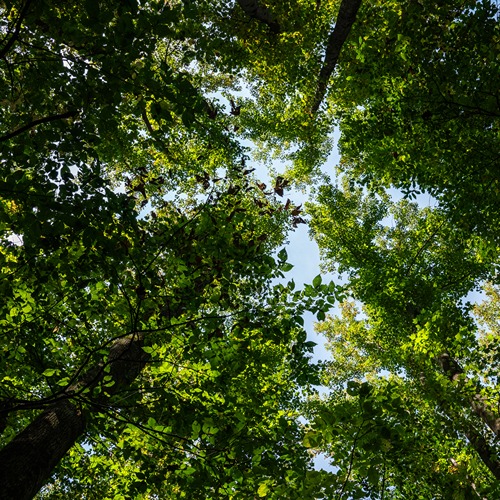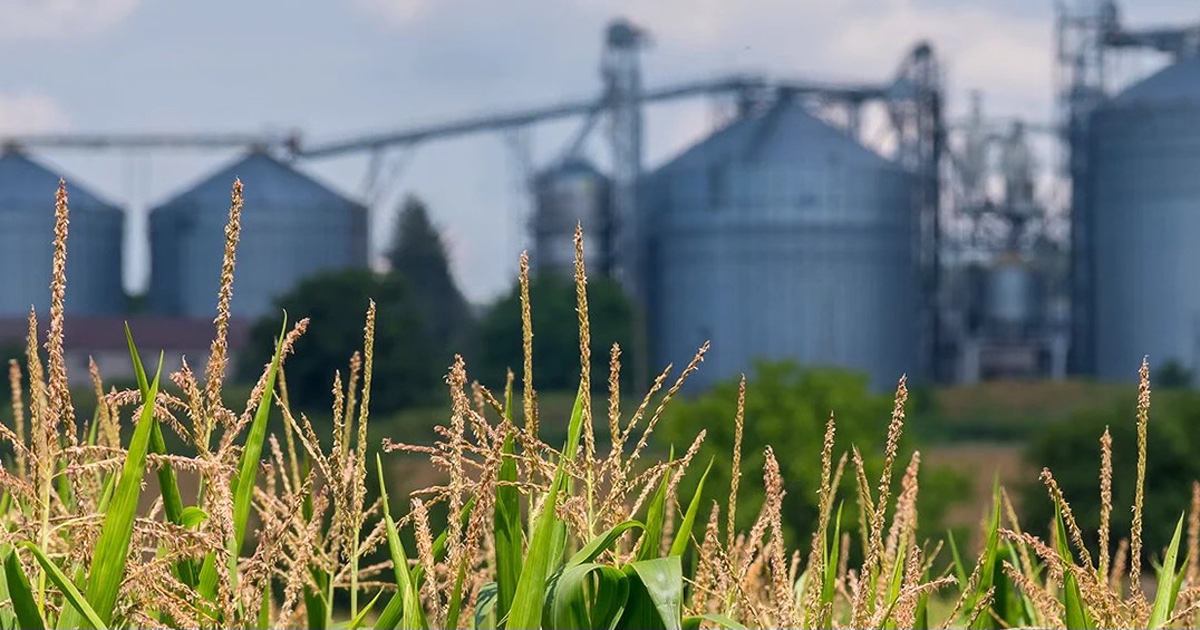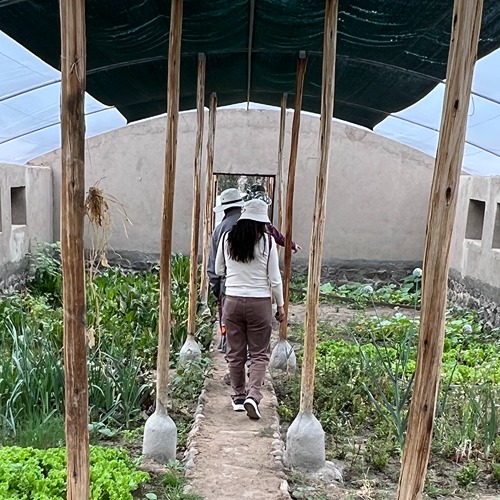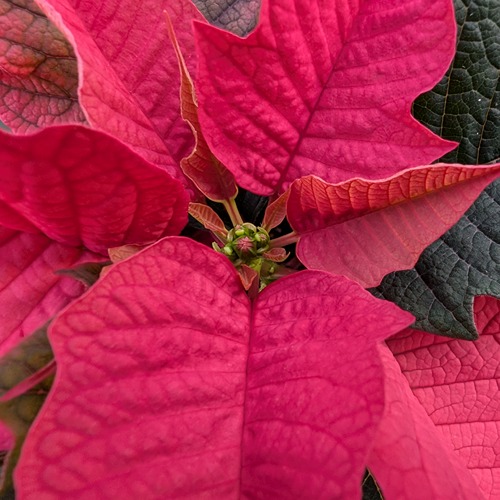A natural GLP-1 stimulant?
Purdue scientist Bruce Hamaker is studying how food-derived supplements could trigger the body’s own appetite regulation hormones
Drugs like Ozempic and Mounjaro have made regular headlines in recent years for their ability to facilitate weight loss – often dramatic weight loss. These drugs are known as glucagon-like peptide-1 (GLP-1) receptor agonists, and they work by mimicking the naturally occurring GLP-1 hormone in the gut. This hormone is released during digestion, and help regulate blood sugar and appetite. Though GLP-1 receptor agonists are effective for weight loss, they often come with side effects such as gas, nausea and constipation. And as soon as a person stops taking them, they often regain lost weight.
But what if there was a way to stimulate natural GLP-1 production within the body? That’s the question Purdue’s Bruce Hamaker is asking.
“This is our natural system for appetite regulation,” says Hamaker, distinguished professor of food science and director of Purdue’s Whistler Center for Carbohydrate Research. “Triggering it naturally shouldn’t have any side effects.”
The idea is this: GLP-1 production is triggered towards the end of the small intestine. But many starches are digested quickly in the upper parts of the intestine. So Hamaker and his team began to think of ways to get foods to be digested at a controlled rate, so they could reach the right part of the gut and trigger GLP-1 production.
An initial study, in rats, used starch-filled ‘microspheres’ made from a seaweed-derived material called alginate. The spheres were cooked, freeze-dried, and incorporated into rat chow.
“We showed that the rats ate less, and that the microspheres activated the hypothalamus – the brain’s appetite control center,” says Hamaker, who has been at Purdue since 1992.
Further studies showed the microspheres could reduce weight gain in mice placed on an obesogenic – weight gain-promoting – diet. They could also help obese mice lose weight faster.
“So that was really interesting,” Hamaker says.
But the microspheres were “not very pleasant to eat,” so Hamaker and his team went looking for a more palatable alternative. They discovered raw corn starch is digested at the right rate for GLP-1 stimulation, and combined the corn starch with a fiber that generates short-chain fatty acids in the large intestine, which also potentially can activate the GLP-1 system. The resulting powder can be mixed with water or other liquids and drunk.
Hamaker and his team are currently awaiting approval to launch a human study of this method in conjunction with IU Medical School, funded by the Heartland Children's Nutrition Collaborative. Teenage participants at IU’s pediatric obesity clinic will drink the starch mixture before meals over a period of two months, and will be monitored for weight loss, GLP-1 levels and other markers.
Eventually, Hamaker hopes to develop a supplement or food product to offer natural GLP-1 stimulation to consumers.
“I think there’s a real possibility of having those as a commercial product on the market that people would consume or drink before a meal and it would decrease food intake,” Hamaker says.
The product wouldn’t abet the kind of dramatic weight loss seen with Ozempic, but Hamaker says it could be useful for people going off such medications. He and collaborators in the Netherlands are currently working on getting funding to investigate this question.
“It could be used in a very effective method for maintenance of weight,” he says.
This research is a part of Purdue’s presidential One Health initiative, which involves research at the intersection of human, animal and plant health and well-being.






